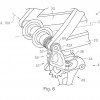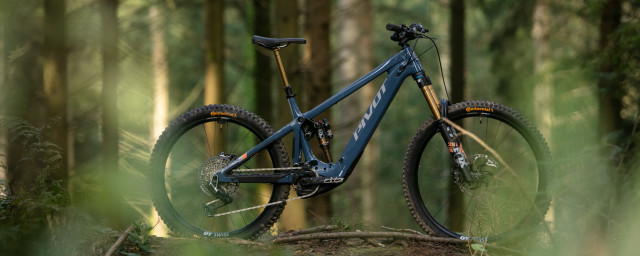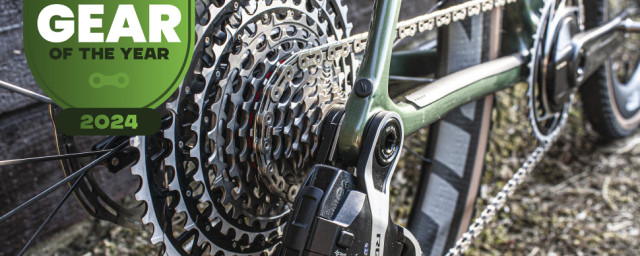Is Shimano developing an automatic suspension adjustment system?

Automatic suspension adjustment is something that we've seen for a few years now, first with the Fox Live Valve and, of course, SRAM's Flight Attendant system. But, is Shimano looking to enter the market with its own system? It looks that way as we've come across a patent on revealing its own designs.
- Is SRAM building a gravel-specific linkage suspension fork?
- Shimano work on a new smart mountain bike control system
- Is SRAM looking to kill the mech hanger?
Such systems, like SRAM's Flight Attendant for example lock out a bike's suspension on the fly, without input from the rider. So when pedaling up a smooth climb, Flight Attendant locks out both front and rear suspension and when descending it'll open it up with only a small buzzing sound. This is done thanks to a three-piece set-up, with external units found on the fork, shock, and bottom bracket that all work in unison to provide the best compression setting for the terrain.
Now Shimano looks to be entering the fray with a patent application for a similar system that adjusts the suspension according to a wheel's rotation - whether it's gripping or slipping using a vast range of sensors around the bike.
The first paragraph of the patent's summary states, "the control device controls an auxiliary driving device included in the human-powered vehicle in order to control the behaviour of the human-powered vehicle in response to the rotation state of the wheel."
Within the patent, it's suggested that Shimano's system offers three adjustments, fully open, 'first suspension' and 'second suspension', which presumably refers to the front and rear suspension. Then there's a flow chart describing the parameters of how this system operates, highlighting a range of situations, not to mention whether the rider is standing or seated and how the first and second suspension states would respond.
For example, if the wheel was slipping. If it was, the system would figure out the rider's position over the bike and if seated, it would unlock both front and rear suspension until the wheel was no longer slipping. If standing, it would unlock the first suspension. In both situations, once the wheel has regained grip the suspension would return to its standard operational state which in this case I would assume is locked out.
As for its intended use, perhaps for cross-country mountain biking or gravel bike racing, it would be useful as it allows for full power transfer, losing very little to pedal bob or the inefficiencies that come with suspension. Then when grip is needed on climbs, or whether traction is truly scarce, the suspension will be free to hunt for any grip. This could come to huge benefit on technical climbs that underscore a cross-country race where all-out power is imperative but where grip is essential to transfer that power to the ground.















1 comments
That rear rim brake design looks interesting!